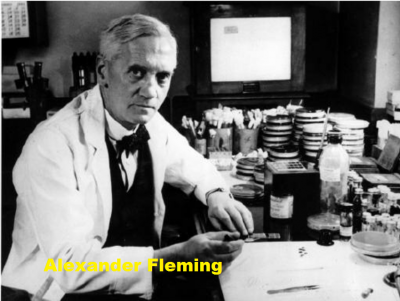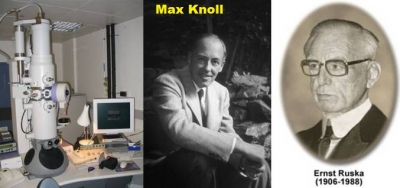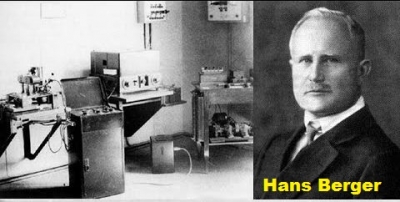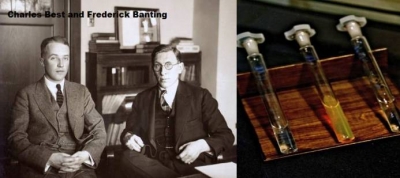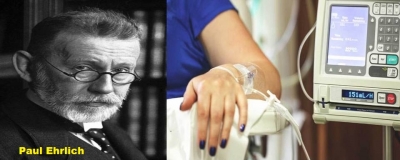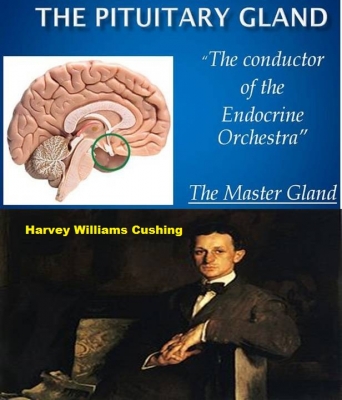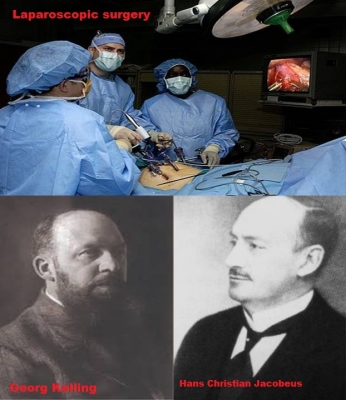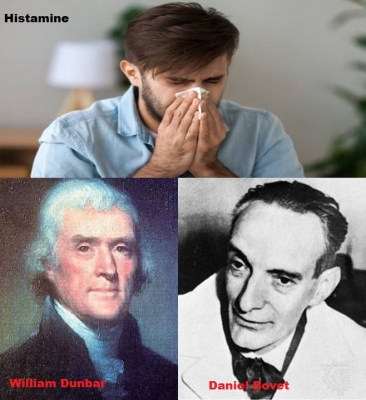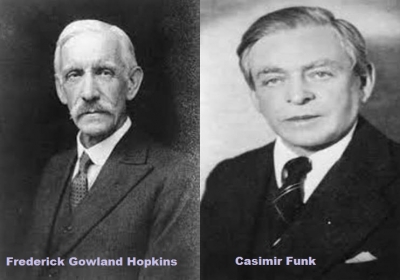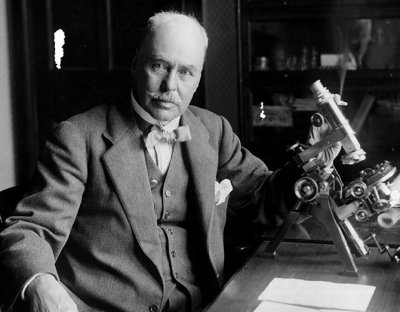Why was ‘prontosil’ an amazing discovery?
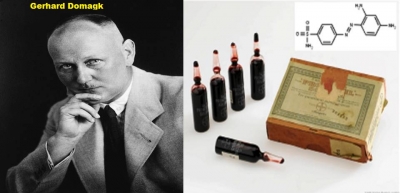
In earlier days a common ailment like a sore throat could kill a patient. It was known that bacteria like streptococcus caused illnesses but no medication was available to fight them.
Then in 1932, a German chemist and pathologist named Gerhard Domagk discovered that a red azo dye of low toxicity, prevented death in mice infected by streptococci bacteria. It was soon found that this dye could help in combating bacterial infections including diseases like meningitis and post-partum sepsis.
The only problem with this new drug was that it turned the skin a bright red! Further research showed that the drug could be split into two parts and the part that killed the streptococci infection was colourless. It was named Prontosil and belongs to a family of drugs called ‘sulphanilamides’ which are still in use today.
Picture Credit : Google
